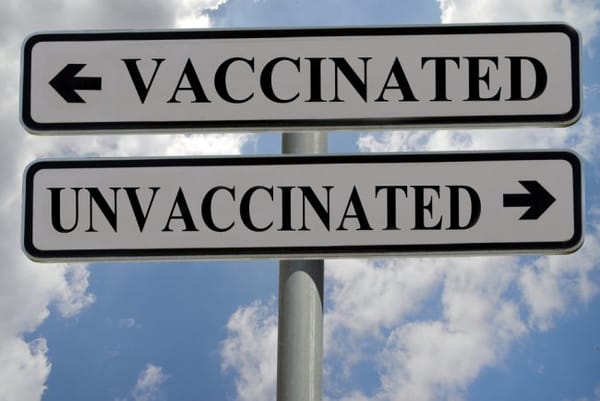Navigating interaction between the vaccinated and unvaccinated
As we move closer to full re-opening in some states, the challenge for those businesses will be how to safely reopen. For all businesses across Australia, even those not under lockdown, the key issue that is emerging is the impact on safety, if any, of the interaction between unvaccinated workers and visitors.
Public health orders
For those business that are currently subject to public health orders, the issue is largely out of their hands for the duration of the operation of the order. Those orders variously require businesses to ensure that unvaccinated workers and visitors (other than those with a medical exemption) do not attend the workplace – either across all businesses (such as in NSW) or for various roles (as in Victoria and the Northern Territory). The Northern Territory announced this week a vaccine mandate covering all public-facing roles, including those likely to come into contact with a vulnerable person.
Up until now, businesses, particularly in COVID-19-affected areas of Australia, have been able to rely on the expert medical health advice of the government health departments that underpin these orders. As the nation moves to re-opening due to hitting vaccination targets, however, the medical advice as to the integration of the vaccinated and unvaccinated public seems unclear. On the one hand, businesses are currently under stringent orders not to allow unvaccinated workers to the workplace. Then, it appears, after a nominated date, unimpeded mixing of the population will be allowed in mainstream areas of life such as pubs, schools and restaurants.
So, what does this mean going forwards if the orders do not restrict interaction between vaccinated and unvaccinated workers and visitors? Does this mean your business should also allow all unvaccinated workers and visitors to your worksite?
Workplace-specific risk assessments
The obligation to ensure safety at the workplace is the responsibility of the person conducting a business or undertaking (PCBU). But what information should your business rely on in coming to a view on whether it should allow all unvaccinated workers and visitors to your worksite? As with the decision about whether to mandate vaccinations, the considerations in this type of risk assessment are very similar.
In essence, your business needs to undertake a risk assessment of the transmission of COVID-19 at the workplace, importantly noting the level of vaccination within your workforce at the time of re-opening and any available medical advice (either government or independent) that applies to your industry and workforce.
Putting aside whether the government has mandated your workforce be vaccinated, the risk assessment factors that should be taken into account include whether:
- workers are required to interact with the public or other staff when performing their duties;
- social distancing is possible or not;
- the business is considered an essential service;
- high community transmission is still occurring or if workers are at an increased risk of infection of COVID-19; and
- workers interact with individuals vulnerable to COVID-19, including family members.
Other factors that may be taken into consideration in the risk assessment include whether:
- other health and safety measures (such as masks, sanitiser, distancing) are assessed as ineffective in protecting workers and other individuals in the workplace from COVID-19;
- workers can work independently or work from home;
- workers can conduct any client or customer interactions contactless or virtually;
- the business is not an essential service; and
- vaccinations are not available to some of the workforce due to legitimate exemptions.
From the experts behind the Health & Safety Handbook, the Bulletin brings you the latest work health and safety news, legal updates, case law and practical advice straight to your inbox every week.

